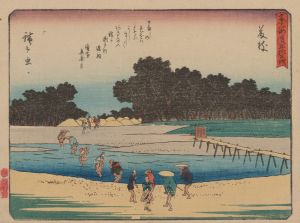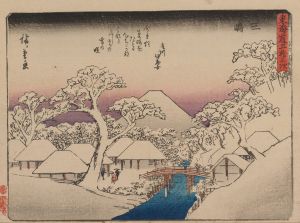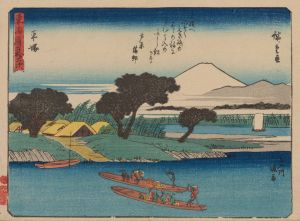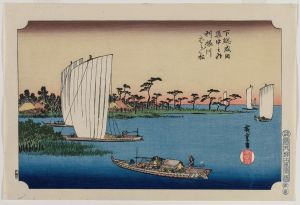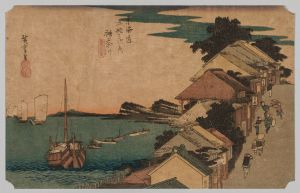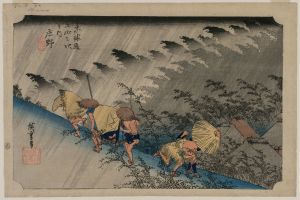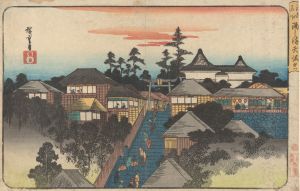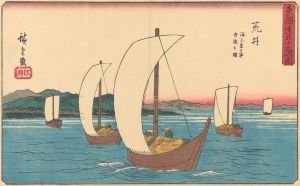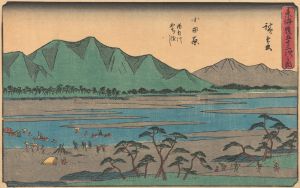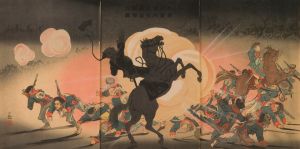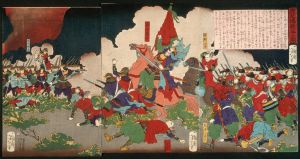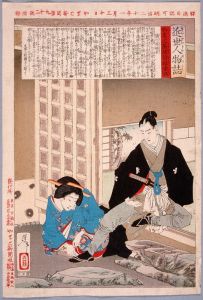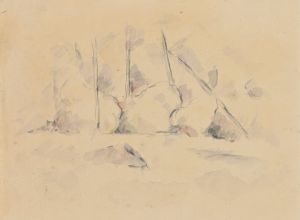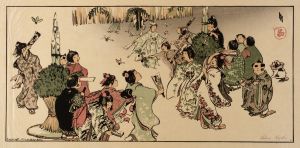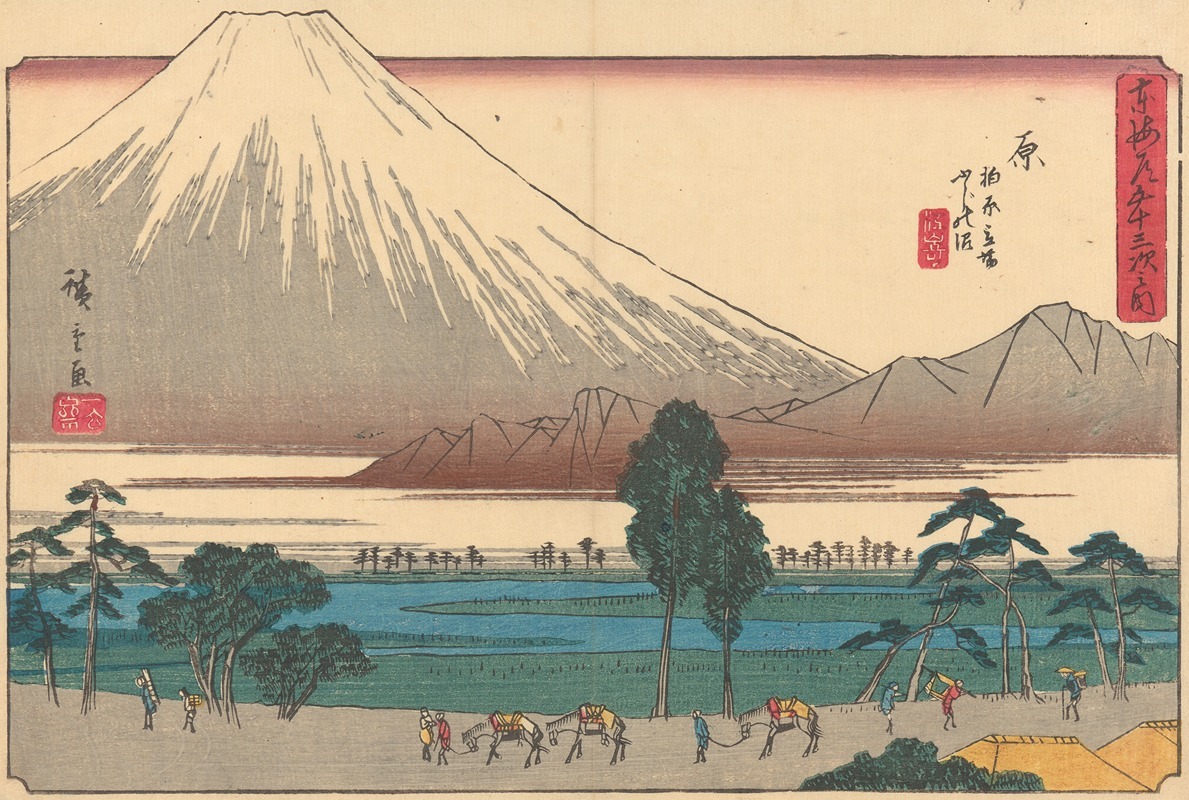
Hara
A hand-painted replica of Andō Hiroshige’s masterpiece Hara, meticulously crafted by professional artists to capture the true essence of the original. Each piece is created with museum-quality canvas and rare mineral pigments, carefully painted by experienced artists with delicate brushstrokes and rich, layered colors to perfectly recreate the texture of the original artwork. Unlike machine-printed reproductions, this hand-painted version brings the painting to life, infused with the artist’s emotions and skill in every stroke. Whether for personal collection or home decoration, it instantly elevates the artistic atmosphere of any space.
Andō Hiroshige, a renowned Japanese ukiyo-e artist of the Edo period, is celebrated for his landscape prints and innovative compositions. One of his notable works is "Hara," which is part of the series "The Fifty-three Stations of the Tōkaidō" (Tōkaidō Gojūsan-tsugi no Uchi). This series, created in the early 1830s, is among Hiroshige's most famous and influential works, capturing the scenic beauty and cultural significance of the Tōkaidō road, the main travel and transport route between Edo (modern-day Tokyo) and Kyoto.
The "Hara" print is the thirteenth station in the series and is particularly admired for its depiction of Mount Fuji, a recurring motif in Japanese art and a symbol of national identity. In this print, Hiroshige presents a striking view of Mount Fuji, showcasing its majestic presence and the serene landscape surrounding it. The composition is characterized by its use of perspective and color, which were innovative at the time and contributed to the distinct style of the ukiyo-e genre.
Hiroshige's "Hara" captures the essence of the Japanese landscape with a harmonious blend of natural elements. The foreground typically features travelers or local inhabitants, providing a glimpse into the daily life and culture of the Edo period. The middle ground often includes fields or rural scenery, leading the viewer's eye towards the towering figure of Mount Fuji in the background. This layering technique not only adds depth to the composition but also emphasizes the grandeur of the mountain.
The use of color in "Hara" is subtle yet effective, with Hiroshige employing a palette that reflects the natural hues of the landscape. The blues and greens of the fields and sky contrast with the snow-capped peak of Mount Fuji, creating a balanced and visually appealing image. Hiroshige's attention to detail and ability to capture the transient beauty of nature are evident in this work, making it a quintessential example of his artistic style.
"The Fifty-three Stations of the Tōkaidō" series, including the "Hara" print, was highly popular during Hiroshige's lifetime and continues to be celebrated for its artistic and historical significance. The series not only documents the physical journey along the Tōkaidō road but also reflects the cultural and social aspects of the Edo period. Hiroshige's work influenced many artists, both in Japan and abroad, contributing to the development of landscape art and the appreciation of Japanese aesthetics.
Overall, "Hara" by Andō Hiroshige is a masterful representation of the Japanese landscape, capturing the beauty and tranquility of Mount Fuji and its surroundings. Through his innovative use of composition and color, Hiroshige created a timeless piece that continues to resonate with audiences and inspire artists around the world.





